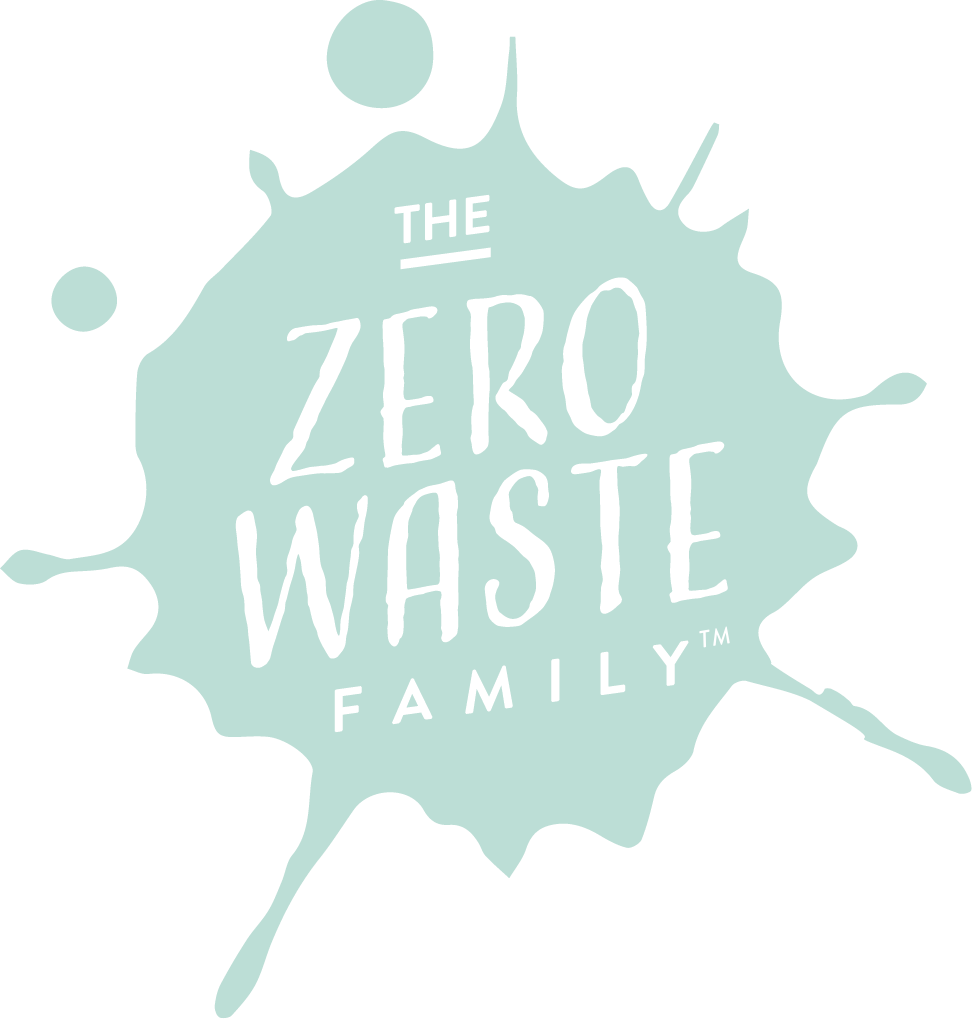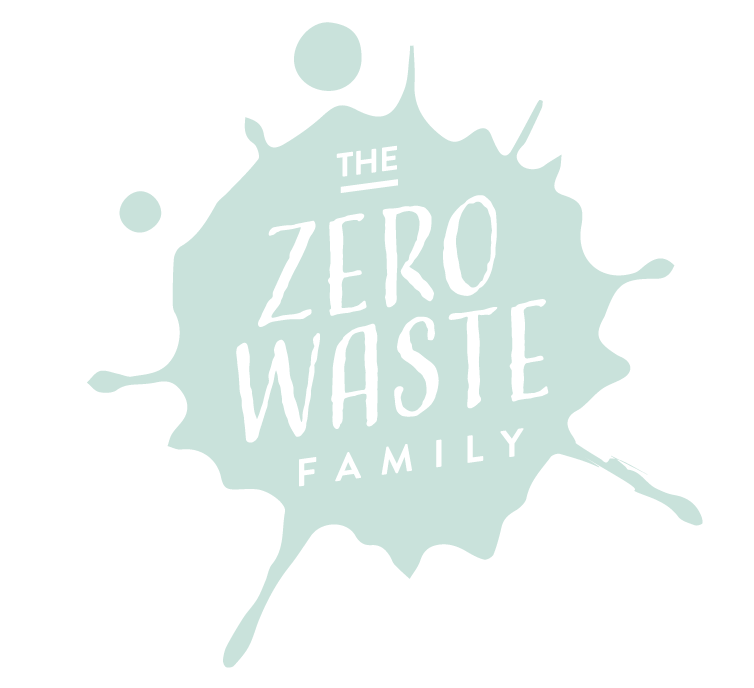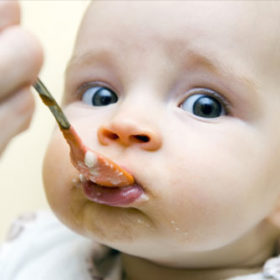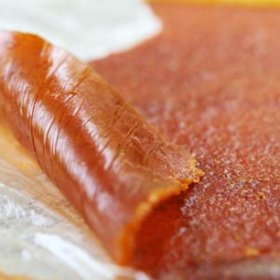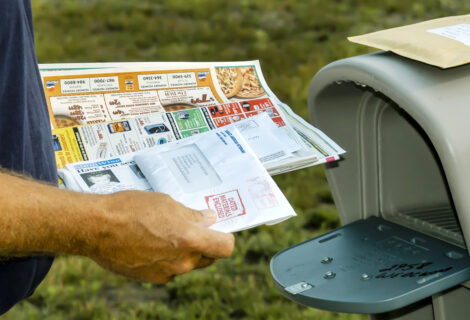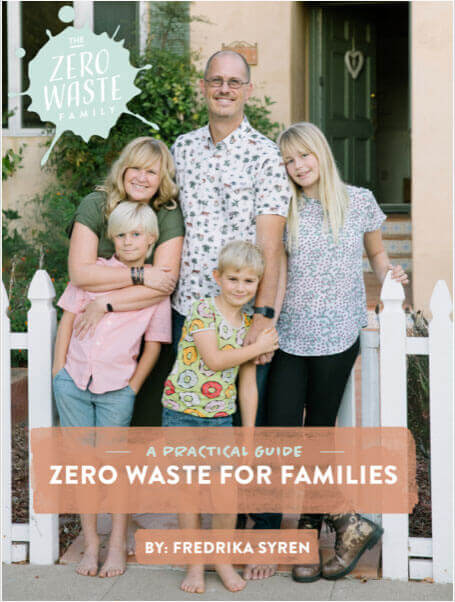Ever since a recall of toys because they contained lead levels higher than federal recommendations, there has been a fear of our kids’ exposure to it.
 Lead is a toxic metal used in construction material, paint and batteries. It can cause serious health problems, especially in young children and pregnant women. Fetuses, babies and young children under the age of six are at greater risk because their small, growing bodies make them more likely to absorb and retain lead. They are also at higher risk because they tend to put their hands, toys or other objects that may be contaminated with lead dust into their mouths.
Lead is a toxic metal used in construction material, paint and batteries. It can cause serious health problems, especially in young children and pregnant women. Fetuses, babies and young children under the age of six are at greater risk because their small, growing bodies make them more likely to absorb and retain lead. They are also at higher risk because they tend to put their hands, toys or other objects that may be contaminated with lead dust into their mouths.
Lead poisoning can lead to a host of problems ranging from kidney damage and lowered IQ to learning and growth delays, and in severe cases, it can even be life threatening. The good news is that lead poisoning is very preventable and treatable. The key is to stop children from coming into contact with lead to begin with by identifying and safely removing lead from their environment.
So how do we avoid lead exposure?
When it comes to toys, we just have to be smart and really know which toys they play with. New toys will have packaging that includes labels with lists of what is in or on the toys. Hand-me-down toys and old toys are such fun things to give to your kids but, unfortunately, as much as they have sentimental value and certainly are cost-effective, those toys may not meet current safety standards and may be so worn from play that they can break and become hazardous.
Here are some general guidelines to keep in mind when toy shopping:
• Toys made of fabric should be labeled as flame resistant or flame retardant.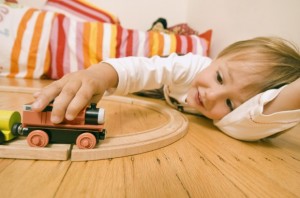
• Stuffed toys should be washable.
• Painted toys should be covered with lead-free paint.
• Art materials should be labeled “nontoxic.”
• Crayons and paints should say “ASTM D-4236” on the package, which means that the American Society for Testing and Materials has evaluated them.
When it comes to lead exposure in your home, if you live in a house built before 1978, here are the guidelines:
• Clean up paint chips and peeling paint.
• Wash floors, countertops and windowsills weekly with an all-purpose detergent or a detergent specifically formulated to remove lead dust.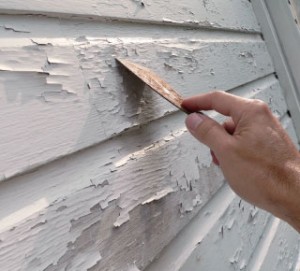
• Feed children a diet high in iron, calcium, and vitamin C.
• Offer children healthy snacks such as fruit or pretzels throughout the day so they will not put non-food items into their mouths.
• Use proper safety measures like not using electric sanders or heat guns to remove paint or wallpaper when renovating or remodeling your house.
• Assure that children and pregnant women do not enter the work area until renovations are complete and the area has been thoroughly cleaned.
• Wash children’s hands, mouth, face and toys often.
The only way to know for sure if your child has lead poisoning is to contact your pediatrician, who will order a blood test. If that is the diagnosis, the child will be treated with a drug under the doctor’s supervision
